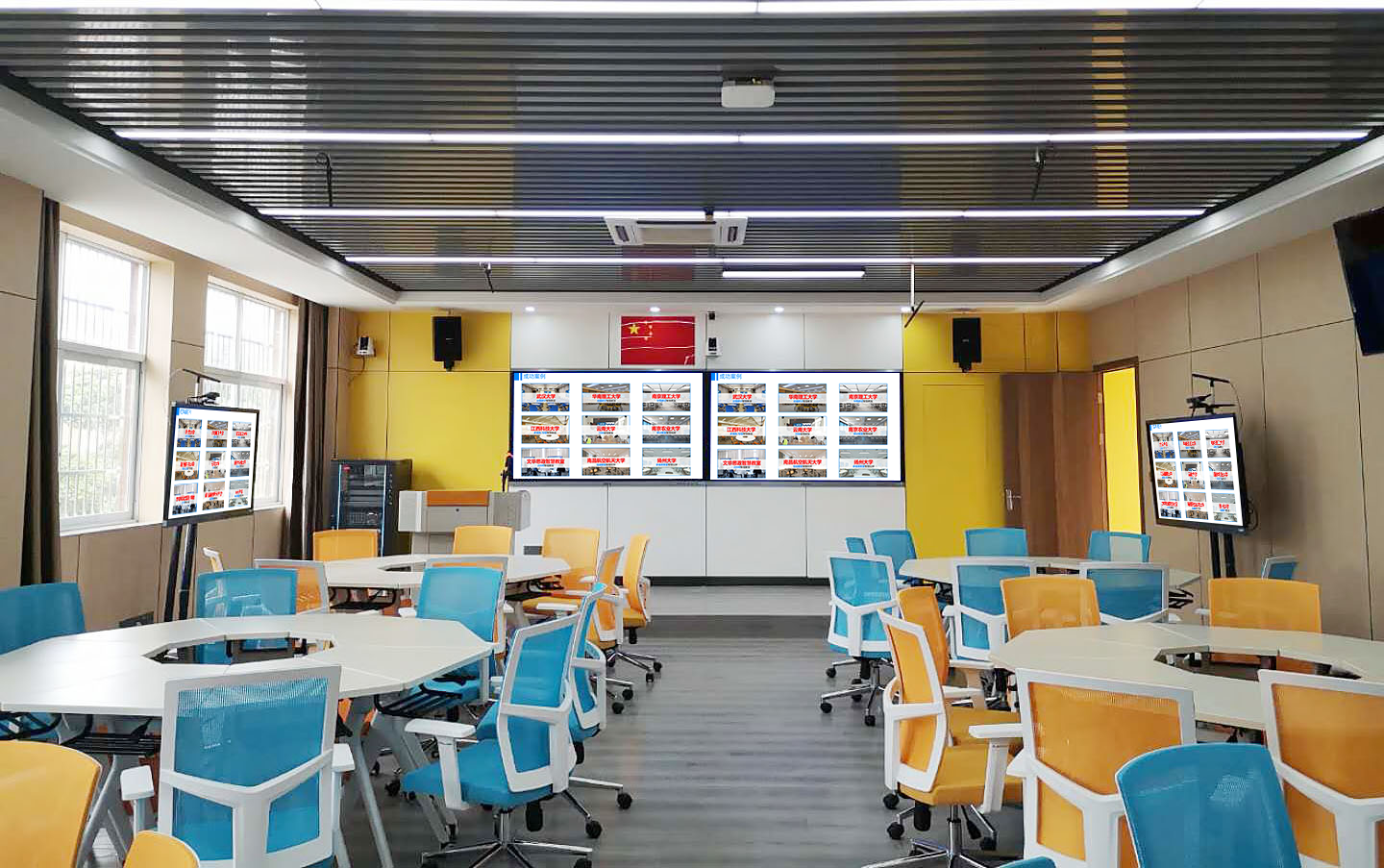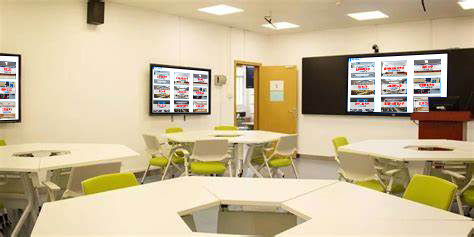Group Discussions: More Efficient Collaboration and Sharing
Having trouble with group discussions where it’s hard to sync results or communicate effectively across teams? This screen casting device solves that problem easily. It supports independent casting for multiple groups, one-click result sharing, and real-time interaction between teams. Perfect for corporate brainstorming, training, and academic exchanges, it transforms discussions from “scattered communication” to “collaborative efficiency,” and it’s easy for beginners to use.
Set Up a Discussion in One Minute
The operation is simple and quickly activates group collaboration mode:
- Multi-Screen Network: Connect receivers to each group’s secondary screen and the main display. When powered on, they will be automatically assigned group identifiers (e.g., “Group 1 Discussion Screen,” “Group 2 Discussion Screen,” “Main Display”). Participants’ computers and tablets should connect to the discussion area’s Wi-Fi. No drivers or software are needed.
- Independent Group Casting: Each group can cast from their computer by selecting “Project” and choosing their secondary screen, or by using “Screen Mirroring” from their phone’s control center. In 1-2 seconds, the independent cast is complete, and the group can display their ideas and annotate their work without interrupting other teams.
Key Advantages: Tailored for Group Discussions
Independent Casting for Multiple Groups
- Interference-Free Collaboration: The device supports 3-8 groups casting independently and simultaneously. Each group’s secondary screen only displays its own content, so members can focus on their discussion and make real-time changes to their work. This boosts focus by 50%.
- Seamless Hand-off: Within each group, multiple devices can take turns casting. For example, one member can cast the initial plan from their computer, and another can take a photo of their handwritten notes on their phone and cast them to the screen. The content flows seamlessly without needing to plug and unplug devices.
One-Click Sharing for Smoother Communication
- Instant Result Sharing: After a group finishes their discussion, they can click the device’s “Push to Main Screen” button to instantly sync their results to the main display. The entire room can then view the results together, eliminating the need for group representatives to go up and plug in their devices one by one, saving 30% of the time spent on sharing.
- Split-Screen Comparison: The main display can simultaneously show the core plans from 2-4 groups side by side. This makes it easy to spot differences and facilitates a more direct and efficient exchange of ideas.
Real-Time Interaction and Annotation
- Synchronized Annotation: After a group’s results are cast, the host can use a tablet to add notes to the main screen, which will be synchronized back to the corresponding group’s secondary screen. This allows the group to make real-time adjustments without having to take notes and make changes later.
- Direct Interaction: When someone from another group has a question, they can take a photo of their notes on their phone and cast it to the main screen. The original group can then respond on their secondary screen. This makes interactions more focused and productive.

Real-World Scenarios: Empowering Group Discussions
Corporate Brainstorming: More Accurate Decision-Making
The marketing department can split into groups to discuss a promotion plan. Group 1 can cast their channel strategy to their screen, while Group 2 casts their budget allocation to theirs. After they’re done, they can push their results to the main screen. The host can then compare and annotate the overlaps in their channel strategies and the reasons for budget differences. This allows for quick integration of ideas and improves the efficiency of plan refinement by 50%.
When a product team is brainstorming a new feature, each group can cast a prototype to their screen and use a stylus to annotate the user flow. Once they push their results to the main screen, the engineering team can directly add notes about technical feasibility, reducing communication errors.
Training: More Proactive Learning
During sales training, groups can simulate customer interactions, casting their scripts and strategies to their screens while each member takes a turn practicing. Afterward, they can push their work to the main screen. The trainer can then annotate areas for improvement, and other groups can share their experiences, making the learning process 40% more efficient than traditional training.
In a management training session, groups can cast their case study analyses to their screens. When they’re done, the main screen can show them side by side for comparison, allowing trainees to critique each other’s work and the trainer to summarize universal principles.
Academic Exchanges: Richer Discussions
A research team can split into groups to discuss an experimental plan. Group 1 can cast their data collection ideas, while Group 2 casts their analysis methods. After they push their work to the main screen, an expert can use their computer to add relevant references or annotate that a certain method should be combined with another study.
When a student group is working on a project, they can cast their research report to a secondary screen. After they’re done, they can push it to the main screen, and the teacher can add notes about a potential expansion of the research scope. The group can then make those changes on their secondary screen in real-time, making the discussion and revision process simultaneous.
Practical Details: Confidence in Any Discussion Setting
- Stable and Interference-Resistant: The device uses dual-band (2.4GHz + 5.8GHz) transmission, so latency is ≤20ms when multiple groups are casting simultaneously. Page turns and annotations are lag-free, which is crucial for large meetings.
- Permission Control: The device supports “group casting permissions,” so only members of a specific group can edit the casted content. The main screen display is controlled by the host, preventing interruptions from irrelevant operations.
- Portable and Easy to Deploy: The device is small enough to fit in the palm of your hand and weighs less than 40g. When you need to temporarily change the number of groups, you can quickly add or remove receivers, making it perfect for discussions ranging from 5 to 50 people.
Whether it’s for corporate brainstorming, training, or academic exchanges, this screen casting device enables more focused group collaboration, more efficient sharing of results, and deeper interaction between teams, truly enhancing the value and efficiency of any discussion.